10 Best Image Recognition Tools for 2022
Introduction
In the age of big data, we have a ton of information flooding the Internet. This information can be predominantly found on social media platforms. This is both a challenge and an opportunity for companies looking to effectively market their products and succeed in an age of information overload.
There is a potential hidden within this ever-growing pool of images online and image recognition tools are key to unlocking it.
For your organizations, this means exposure to more image data, for instance, social media users are embracing the concept of sharing photos instead of texts.
What does this mean for you?
This means that you as an organization, have to find images shared, that have your brand logo but no mention, in real-time.
Evidence of this real-life explosion of the use of an image can be seen in the growing popularity of image and video-based social media platforms.
For instance, Facebook with nearly 1.9 billion daily active users during Q2 2021.
Instagram with 500+ million daily active users, from June 2018’s 400 million
Snapchat – as of Q2 2021 – with 293 million daily active users, up from 238 in Q2 2020
This growing trend is essential as you can leverage it to promote your brand by identifying, analyzing, and exploiting it.
Digital marketing is the future and it is dominated by visual data which means that image recognition technology has to exist. Without it, we will be missing out on image data.

Let’s take an example of how it can help you?
Consider someone drinking your beer at the beach or maybe eating your pizza on the terrace. The data will show you where your product is used and how consumers are using your product.
This means that you don’t need to cry out for features that you’re not providing, but your competitors are.
Today, many well-known tech companies created automated recognition tools that can analyze pictures. In this blog, we are going to discuss the 10 Best Image Recognition Tools for your business.
Contents
What are the 10 best-automated Image Recognition Tools?

Automated image recognition is a valuable tool that can lead your company to a data-driven path. You can understand your customers better based on their individual preferences while simultaneously monitoring the reach of your marketing strategy.
Your business can also leverage this tool to discover new possibilities to improve efficiency. The following tools might increase value creation in your company depending on your business.
1 . Amazon Rekognition
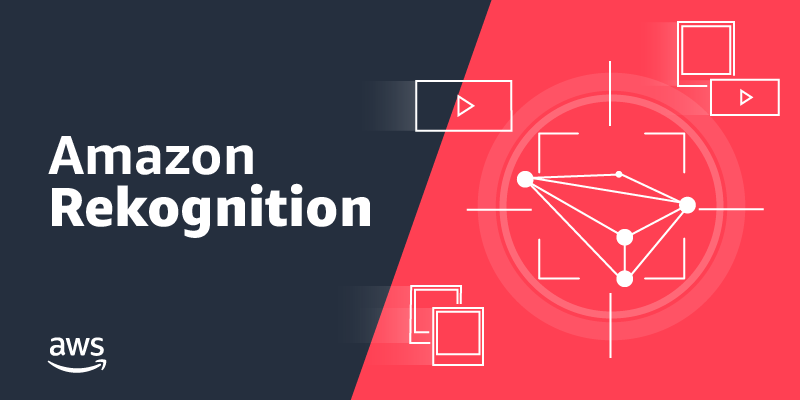
Website: https://aws.amazon.com/rekognition/
Amazon’s Rekognition tool can identify people, objects, scenes, activities, and detect any inappropriate or unsafe content.
The tool also integrates facial recognition and analysis which continuously learns through the stream of new images.
Amazon Rekognition tool can not only analyze images but also help with videos. Another perk is that you only pay for the amount of data you use meaning no minimum fees and you can access all the benefits of a powerful system without breaking the bank.
2 . IBM Image Detection

Website: https://www.ibm.com/watson/products-services
IBM has become a giant in the tech world and has developed cutting-edge technology that has made the modern world better while simultaneously pushing for new possibilities.
IBM Image Detection is a highly customizable and trainable solution for visual recognition. It performs a wide array of functions and uses top-notch technology to ensure trustworthy image recognition.
It is one of the best image recognition tools out there and its main advantage is its trainable algorithm. IBM’s platform can be tweaked as per your business needs to perform virtually any task.
3 . Google Reverse Image Search
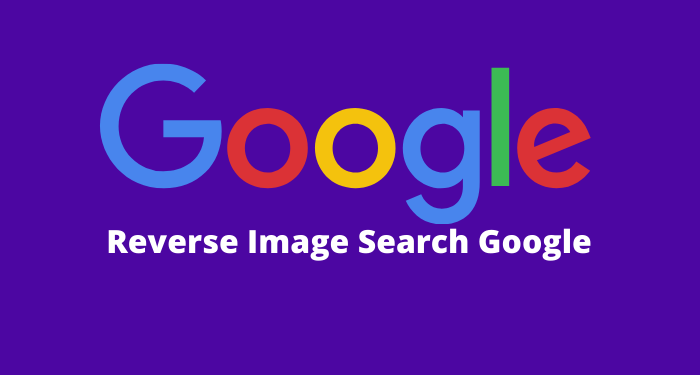
Website: https://images.google.com/
If an image exists on the Internet, Google Reverse Image Search will help you find it. This simple tool is available for everyone and allows you to upload your image to give the sources of the image. This can help you to easily find where the image has been used and by who to detect a possible misuse.
One great thing about this tool is that it’s intuitive and retains the power of text-based Google search.
How could you leverage this tool for your business?
If you like an image and want to use it for your business then you can find the source and credit its creators to avoid copyright violations.
On the contrary, if you have created an image, you can search for its improper use – trademark infringement.
4 . Google Cloud Vision API
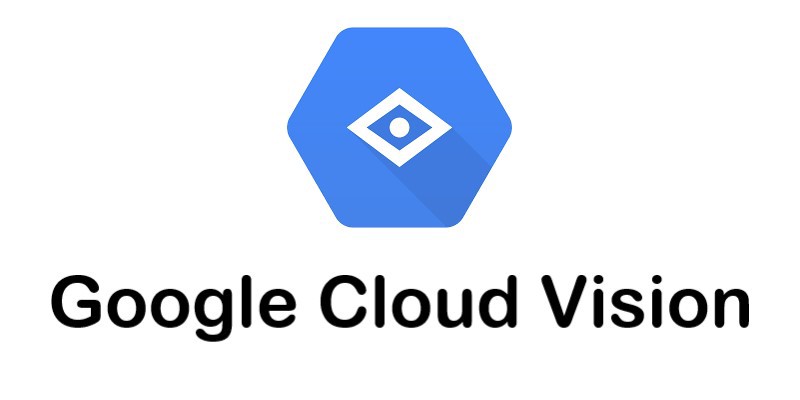
Website: https://cloud.google.com/vision/
Google API Cloud Vision is a versatile tool with a wide suite of features that can be adapted to meet your specific needs.
The tool helps you analyze images in different ranging from recognizing explicit content to detecting emotional facial cues. It can extract useful insights, retrieve text out of the examined images, and integrate the reverse image functions making it one of the most versatile tools.
Beyond its flexibility, Google’s image recognition tool is leading the way in computer vision. It carries the power of Google and is one of the most powerful tools you’ll find.
Besides, its user-friendly benefits, the platform also allows developers to integrate object detection and image recognition capabilities using a simple API.
5 . Imagga

Website: https://imagga.com/
Imagga can classify information based on certain specifications with its multiple automating options for sorting, organizing, and displaying your images based on category, color, tag. This means that the tool offers a high level of customization for the user.
Imagga’s image recognition tool can also be automated according to custom inputs meaning that you’ll have multiple built-in options to meet your specific needs.
Imagga has a tool for you whether you want to keep things in order without wasting time, or you need to ensure no explicit content is shown on the page.
And, the best part, if they don’t have a tool, you can always make one with its customizable option!
6 . EyeEm
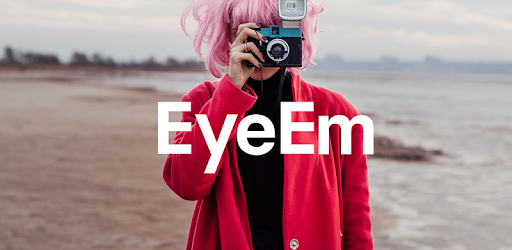
Website: https://www.eyeem.com/
EyeEm’s image recognition is the ideal tool for those of you who love photography and use social media platforms. This image recognition tool can rate the aesthetic of a photograph and compare it to others in the database.
This ability helps determine a photo’s relevance for your brand’s visual identity to maximize the engagement of customers. It helps with automatic tags and captions which is the best fit for your images and contributes to increasing exposure.
Photographers who post-interaction can also leverage this amazing tool to evaluate their photos based on their aesthetic appeal.
Besides, image recognition tools can be trained to recognize your unique style which will ensure that your posts keep the cohesive aesthetic with your unique style.
7 . Cloudsight
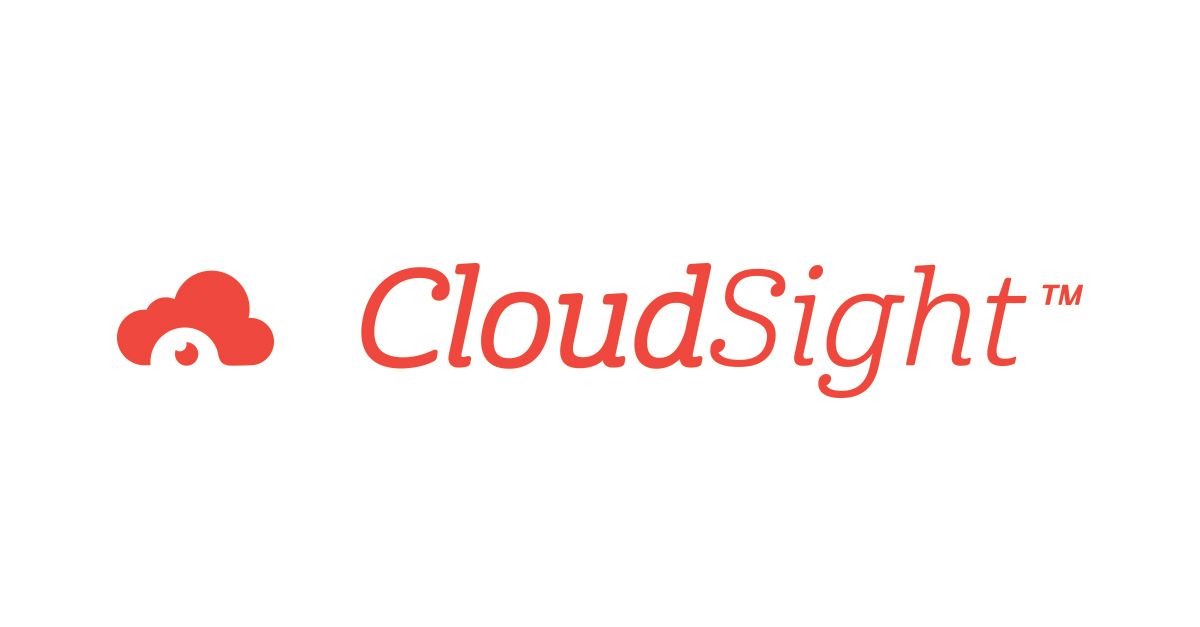
Website: https://cloudsight.ai/
Cloudsight focuses on maximizing convenience while retaining impressive functionality with its ability to distinguish objects and classify images.
CloudSight is perfect for those looking for an easy-to-use and self-described effortless tool. The tool can be used in different ways: to generate product descriptions, to improve search and discovery, for video recognition, and in digital media management.
This tool streamlines the process of recognition, categorization, and understanding to take a nearly hands-off approach to the use of visual elements. It is intuitive without sacrificing any functionality.
8 . Clarifai

Website: https://www.clarifai.com/
Clarifai lets you search for images using other images by inserting them in their system and selecting similar images based on your input.
Because, if you want to find images based on similarities, then words can only take you so far.
No matter how much you try to describe an image, it’s highly unlikely that you will be able to explain it exactly.
Clarifai’s image recognition tool works for you by helping you find similar images by choosing photos and giving commands to the tool.
9 . LogoGrab

Website: https://visua.com/
LogoGrab acts as a bridge for companies looking to increase consumer engagement with the help of its tools. It helps them detect brand logos and trademarks to enable companies to monetize their visual content on different media.
LogoGrab knows its niche and fills it well from its patented Adaptive Learning Engine as the speediest and most precise tool. The tool is particularly focused on monetization and engagement of tech companies, ad agencies, and brands on mobile platforms.
The tool integrates seamlessly into most pre-existing platforms. This means that the transition to LogoGrab is smooth and it can provide valuable information.
10 . Talkwalker
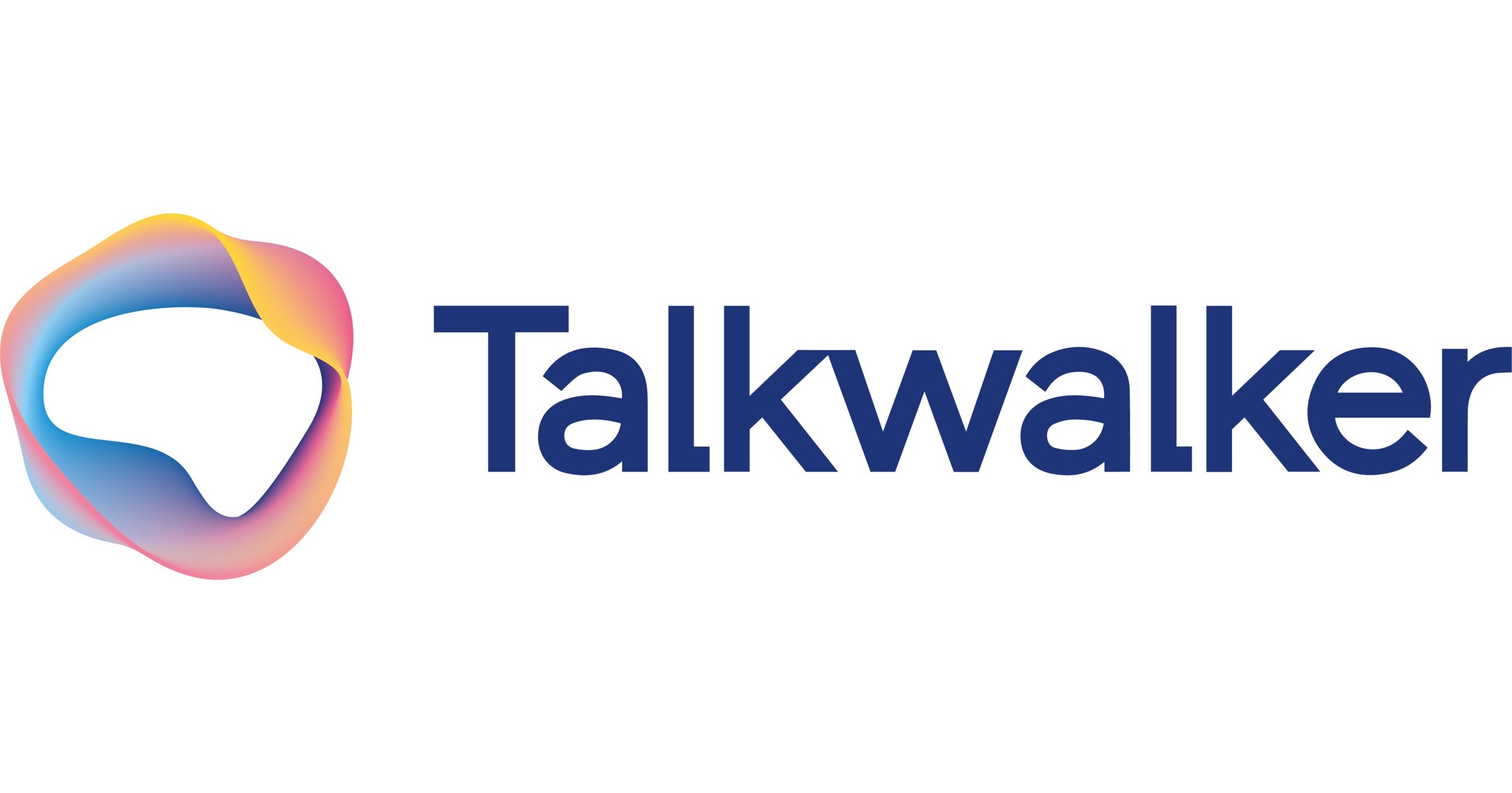
Website: https://www.talkwalker.com/image-recognition
Similar to the Amazon image recognition tools, Talk Walker gives companies access to their large database of logos, scenes, and objects for purposes of image analysis.
The tool will send you alerts if someone refers to your brand. Then you can leverage this by boosting brand awareness, monitoring the financial performance, and protecting your brand against any misuse.
Conclusion
We have covered the 10 best image recognition tools in 2021. These tools can help businesses improve not only brand recognition but also create new possibilities. By classifying and understanding relevant information from images, companies can transform data into benefits.
We have listed down the best image recognition tools in 2021. Even though the list is endless, but this is our take for the best image recognition tools. Feel free to comment on your favorite below.
Author Bio

